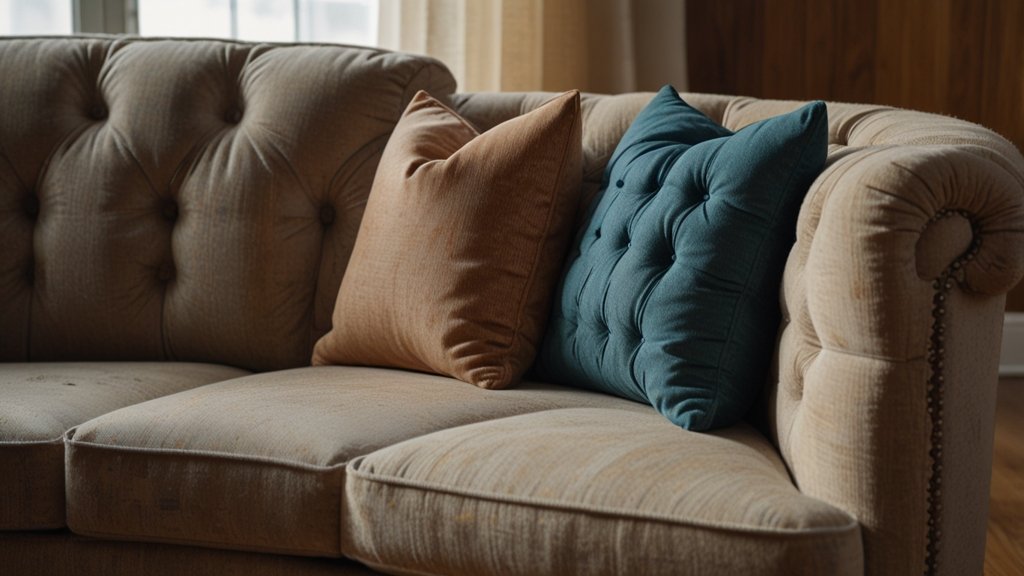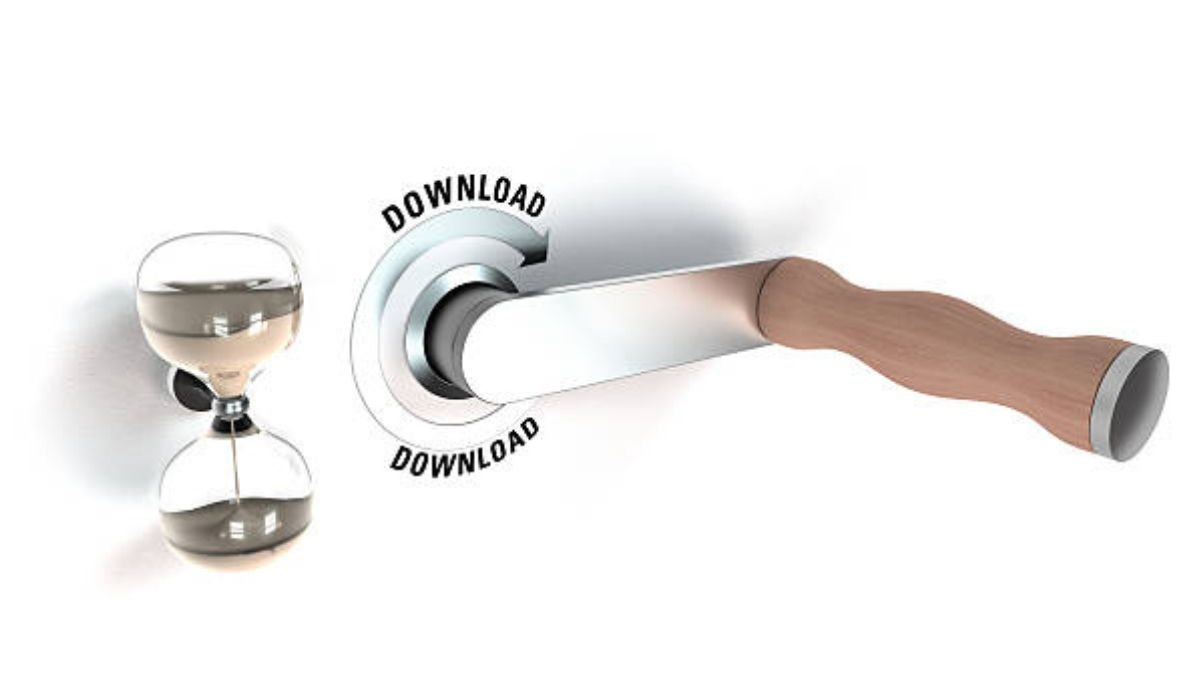One moment it’s a brand-new sofa. The next – it’s holding coffee stains, pet hair, mystery spots, and the emotional weight of five Netflix binges.
Fabric has a way of soaking up life… and showing it.
If your couch or favorite armchair is looking more “crime scene” than “comfort zone,” don’t panic. You’re not alone. Upholstery cleaning is one of the most overlooked but impactful ways to refresh your entire home.
And if you’re already wondering how to bring those tired cushions back to life, you can always see more about what pro-level care looks like.
Why Upholstery Needs Special Attention
We sit, snack, nap, and spill on our furniture – but rarely clean it with the care it deserves. Why? Because it feels complicated. But here’s the truth: upholstery is basically a sponge with a surface. It traps:
- Dust and allergens
- Sweat and body oils
- Pet dander and hair
- Bacteria and odor particles
In fact, studies have shown that upholstered furniture can harbor more bacteria than a toilet seat, especially in high-traffic homes or pet-heavy households. 😬
When to Clean – and When It’s Too Late
Most experts recommend deep-cleaning upholstery every 12–24 months, or sooner if you have pets, kids, or live in a dusty city environment.
Signs it’s time:
- Dull or faded color
- Visible stains (duh)
- Odor that doesn’t go away with air freshener
- Increased allergy symptoms indoors
- You can write your name in the dust
Waiting too long can permanently damage the fabric, or worse – push dirt deeper with each sit, making cleaning less effective later.
5 Common Fabric Types – and How to Treat Them
Not all couches are created equal. Here’s a cheat sheet:
| Fabric Type | What It Likes | What It Hates |
|---|---|---|
| Microfiber | Rubbing alcohol, gentle brushing | Soaking wet |
| Linen | Dry cleaning only | Water and rubbing |
| Leather | Damp cloth, leather conditioner | Harsh chemicals, heat |
| Velvet | Gentle vacuum, steam (carefully) | Abrasives, too much pressure |
| Synthetic blends | Mild detergent + water | Bleach, scrubbing hard |
Always check the manufacturer’s cleaning code before trying anything. “W,” “S,” “WS,” or “X” tell you whether you can use water, solvents, or nothing but a vacuum.
DIY vs Professional Cleaning: The Showdown
Let’s be real: there’s only so much baking soda and vinegar can do. Especially if you’re working with delicate fabrics or stubborn stains. Here’s a side-by-side:
| Task | DIY Attempt | Professional Touch |
|---|---|---|
| Stain removal | 60% success, sometimes worse | 90–100% with pre-treatment |
| Dry time | 12+ hours | 4–6 hours with extraction tools |
| Equipment | Spray bottle, elbow grease | HEPA vacs, steamers, extractors |
| Risk of fabric damage | Medium | Very low (trained technicians) |
Professionals use tools that go deep into fibers without soaking through. They also know which detergents match which fabrics – so you don’t end up bleaching your beige couch into a modern art project.
Tips to Extend Your Upholstery’s Life
Want your furniture to stay fresh between cleanings? Do this:
- Vacuum weekly with a brush attachment
- Rotate cushions to even out wear
- Use washable throws for pets or snack zones
- Blot stains immediately – don’t rub
- Let furniture breathe – avoid pressing it up against walls
Also, avoid placing your couch in direct sunlight. UV rays fade fabric faster than a teenager leaving chores behind.
The Hidden Health Bonus
You’re not just cleaning for looks. Cleaner upholstery = cleaner air. Fabrics trap particles that trigger allergies, asthma, and sinus problems. A 2022 report from the American Lung Association noted that soft surfaces can significantly impact indoor air quality, especially in urban apartments.
So next time your nose starts twitching, check the couch.
What to Expect From a Pro Cleaning Visit
Booking upholstery cleaning? Here’s what happens:
- Inspection – fabric type, condition, stains
- Spot treatment – targeting problem areas
- Deep extraction cleaning – lifting dirt, killing bacteria
- Drying phase – fast, low-moisture methods
- Deodorizing & fabric protection (optional)
It usually takes 1–2 hours, and your furniture is dry the same day. Minimal disruption, maximum freshness.
“Better keep yourself clean and bright; you are the window through which you must see the world.”
– George Bernard Shaw
Same goes for your armchair.
Final Sofa-Sized Thoughts
Look – we all ignore the couch longer than we should. But just like teeth and taxes, putting it off only makes it worse. Upholstery cleaning isn’t just an aesthetic choice – it’s hygiene, wellness, and even a little self-respect.
So whether you DIY it or call in the pros, give your fabrics the love they’ve quietly earned.
They’ve been holding you up all this time – might as well return the favor.
YOU MAY ALSO LIKE: Mattress Cleaning: The Dirty Truth Lurking Under Your Sheets











